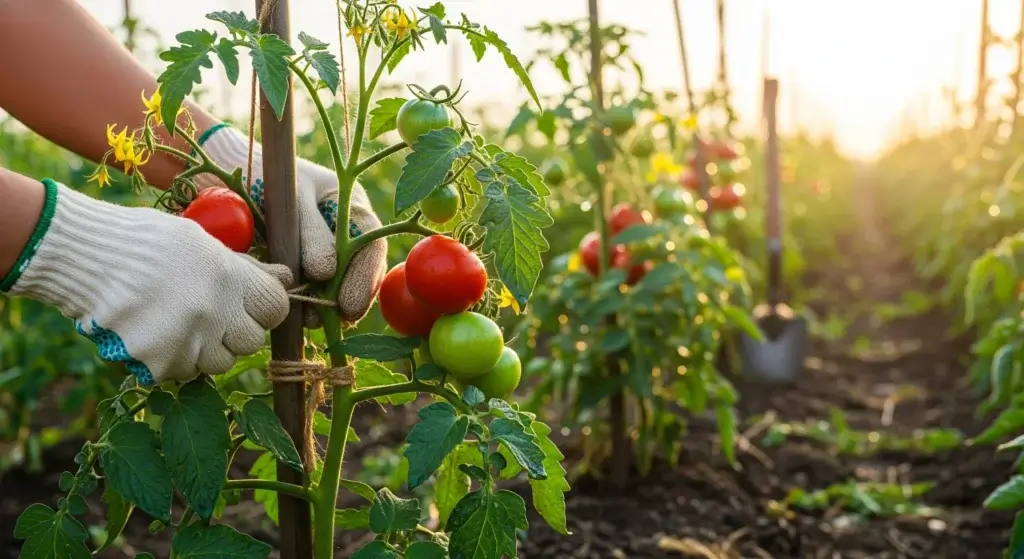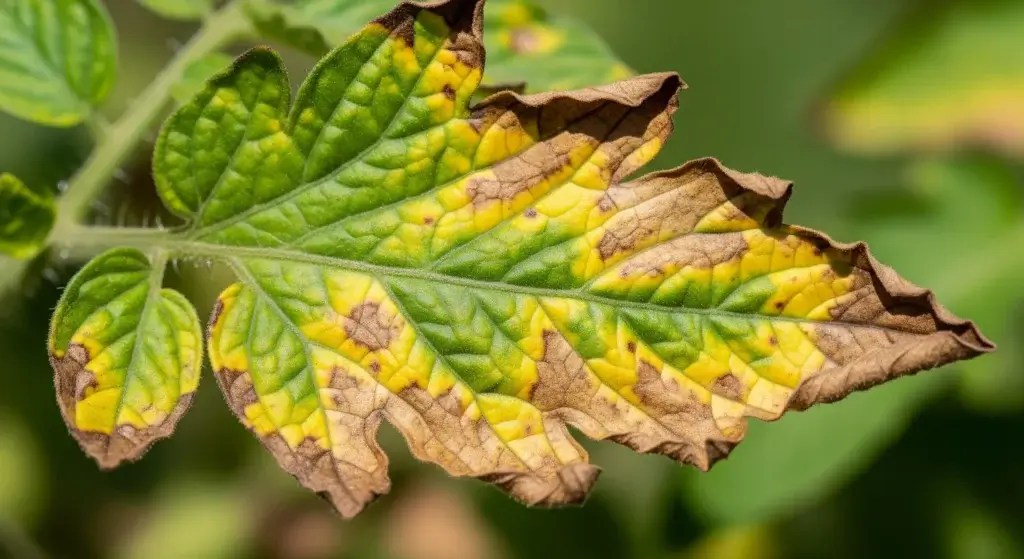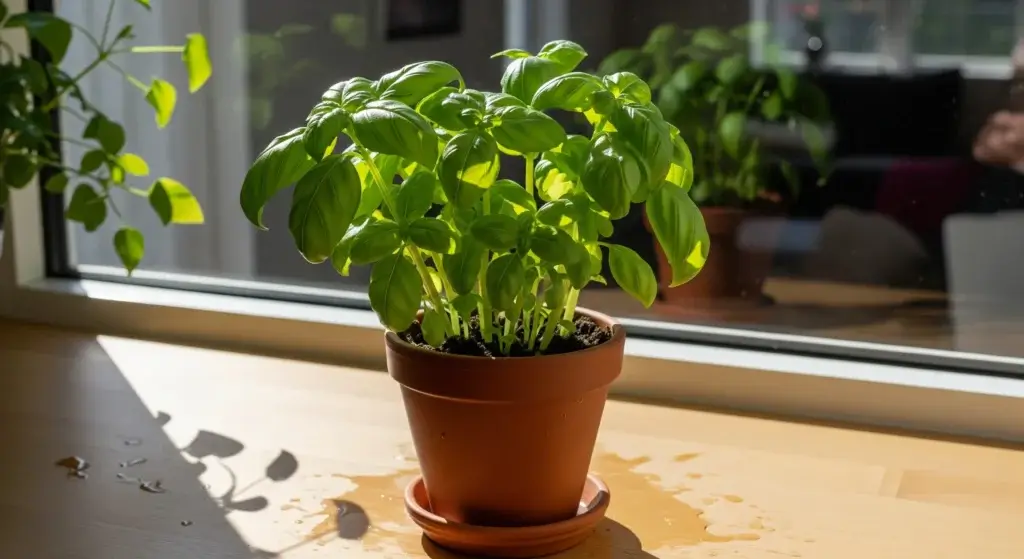
Germinating spinach seeds is the first step toward a lush, leafy harvest.
Spinach is known for its vitamins, minerals, and antioxidants, making it a popular choice for home gardens.
However, to get those vibrant green leaves, it all starts with ensuring your seeds sprout properly.
Germination is simply the process of a seed developing into a plant, but it’s not always as straightforward as placing seeds in the ground and waiting.
Several factors can influence the success of spinach seed germination.
With a little knowledge, though, you can ensure your spinach seeds have the best start possible.
Factors Affecting Spinach Seed Germination
Germinating spinach seeds can seem straightforward, but several factors need to be just right for successful sprouting.
These factors can either encourage healthy germination or completely hinder the process.
Below, we dive into the key factors that affect spinach seed germination and offer detailed explanations to help you optimize conditions.
Temperature
Spinach is a cool-weather crop, and getting the temperature right is essential for successful germination.
Spinach seeds germinate best at temperatures between 50°F and 75°F (10°C to 24°C).
At temperatures within this range, spinach seeds typically sprout within 7 to 14 days.
Cooler temperatures (closer to 50°F) may cause germination to slow down but produce hardier plants.
Warmer temperatures (closer to 75°F) can accelerate the process but may result in weaker seedlings.
It’s best to find a sweet spot somewhere in between.
If temperatures rise above 75°F, spinach seeds may struggle to sprout.
In very hot weather, the seeds can even become dormant or fail to germinate entirely.
If you live in a hot climate, consider starting seeds indoors or in a shaded area.
While spinach tolerates cooler temperatures, seeds planted in soil that is too cold (below 40°F) may experience delayed germination or may not sprout at all.
- Read also: Spinach Organic Fertilizers: Everything That Gardeners Should Know
- Read also: Prevent Spinach from Bolting: Understanding Causes and Solutions
Soil moisture
The amount of moisture in your soil is crucial to spinach seed germination.
Spinach seeds need consistently moist conditions, but the soil should never be soggy.
Once planted, spinach seeds need to absorb water to activate the germination process.
If the soil is too dry, the seeds won’t get enough moisture to break through the seed coat.
Keep the soil consistently damp but avoid soaking it.
On the flip side, too much water can drown the seeds, leading to rot.
Waterlogged soil deprives seeds of oxygen, preventing them from sprouting.
To avoid this, ensure proper drainage in your garden or container and water lightly.
Test the moisture level by feeling the soil with your fingers.
If it feels moist but not soggy, you’re in the right zone.
If it feels dry, lightly water the area.
If water pools on the surface, you may need to improve drainage.

Soil type
The type of soil you use plays a major role in spinach seed germination.
Spinach prefers loose, loamy soil that drains well and is rich in organic matter.
Spinach seeds need soil that retains moisture without becoming compact or waterlogged.
Heavy clay soils or compacted soils make it difficult for seedlings to break through and may retain too much moisture, which could cause the seeds to rot.
Loamy soil, a mixture of sand, silt, and clay, offers the ideal balance for spinach seeds.
It allows roots to grow freely while retaining just the right amount of moisture.
Enrich your soil with compost or organic matter to provide nutrients that will support the young seedlings once they sprout.
Organic matter also helps improve the soil structure, making it looser and easier for seedlings to push through.
Light
While many seeds require light for germination, spinach seeds can actually germinate in both light and dark conditions.
However, the depth at which you plant the seeds can influence their exposure to light.
For best results, plant spinach seeds about ½ inch deep.
This depth allows the seed to be lightly covered, ensuring it retains moisture, while also allowing some light to penetrate.
Planting seeds too deep can cause them to struggle to reach the surface.
While spinach seeds don’t need light to sprout, they do need light after they germinate.
Once the seedlings break through the soil, ensure they receive plenty of sunlight or place them under grow lights to promote healthy growth.
If you’re starting seeds indoors, place them near a sunny window or use grow lights once they sprout.
Seed viability
Not all seeds will germinate, and one of the key factors is the viability of the seeds themselves.
Fresh, high-quality seeds are much more likely to sprout than older or poor-quality ones.
Spinach seeds tend to have a shelf life of 2 to 3 years when stored properly. After that, their viability diminishes, meaning fewer seeds will sprout.
If you’re using older seeds, you may need to plant more to increase your chances of successful germination.
Properly store your seeds in a cool, dry place to extend their shelf life.
Exposure to moisture, heat, or sunlight can reduce the viability of your seeds, making them less likely to germinate.
To test if your seeds are still viable, you can perform a simple germination test.
Place a few seeds on a damp paper towel, fold it, and store it in a warm, dark place.
Check after a few days to see if the seeds begin to sprout. If most of them do, your seeds are still good to use.

Steps to Germinate Spinach Seeds
Now that you know the factors that affect germination, let’s get into the step-by-step process of germinating spinach seeds.
Follow these simple steps to give your seeds the best chance at sprouting:
Step 1: Prepare the soil
Start by preparing a bed or container with loose, well-draining soil.
If you’re working with heavy or clay-like soil, consider mixing in compost or other organic matter to improve its texture.
Step 2: Pre-soak the seeds (Optional)
For faster germination, you can soak the spinach seeds in room-temperature water for about 24 hours before planting.
This softens the seed coat, allowing moisture to penetrate and speed up the germination process.
Step 3: Plant the seeds
Sow the spinach seeds about ½ inch deep and space them 2-3 inches apart.
You can thin them out later if needed. Lightly cover the seeds with soil and pat down gently.
Step 4: Water consistently
Water the soil gently to keep it consistently moist.
Use a spray bottle or a light watering can to avoid disturbing the seeds.
Be careful not to overwater, as this can lead to seed rot.
The germination time for spinach seeds varies depending on several factors, but in ideal conditions, you can expect the seeds to sprout within 7 to 14 days.
Cooler temperatures may slow the process, while warmer temperatures may speed it up but can also result in weaker seedlings.
Patience is key—give your seeds time to establish themselves.
Once germination occurs and the seedlings have grown a few inches tall, they can be thinned out to allow for more space.
If you’re growing in rows, aim for about 4-6 inches of space between plants to allow for healthy growth.
Troubleshooting Germination Issues
If your spinach seeds aren’t germinating as expected, don’t worry—there are solutions to common germination problems:
- Seeds not germinating: If the seeds fail to germinate altogether, it could be due to incorrect temperature, poor soil moisture, or old seeds. Ensure the temperature is cool but not freezing, and keep the soil consistently moist. Try using fresh seeds if you suspect viability issues.
- Seedlings are weak or leggy: If your seedlings are tall and spindly, they may not be getting enough light. Move them to a brighter location or add supplemental grow lights if necessary.
- Rotting seeds: Overwatering is the most common cause of rotting seeds. If the soil is waterlogged or heavy, the seeds won’t be able to breathe and will rot before they can sprout. Make sure the soil is well-draining, and water lightly.
- Uneven germination: If only some of your seeds are sprouting, uneven moisture or planting depth could be the culprit. Ensure the seeds are planted at the same depth and that the soil moisture is uniform across the planting area.

- Read also: Tips for Gardeners: A Guide to Common Spinach Pests and Diseases
- Read also: Spinach Flea Beetle: Identification, Damage, and Control Methods
Conclusion
Spinach seed germination may seem daunting at first, but with the right conditions and care, it’s a rewarding process that can lead to a bountiful harvest.
By focusing on factors like temperature, soil moisture, and seed quality, you can give your spinach seeds the best chance at sprouting and growing into healthy plants.
Whether you’re growing in a garden or in containers, following these steps will set you on the path to success.
FAQs
Yellowing leaves could be due to nutrient deficiencies, overwatering, or pests. Adjust your care accordingly.
Avoid overwatering and ensure good air circulation. Consider using a fungicide if necessary. Damping off is primarily caused by soil-borne fungi that thrive in high humidity and poorly drained soils.



